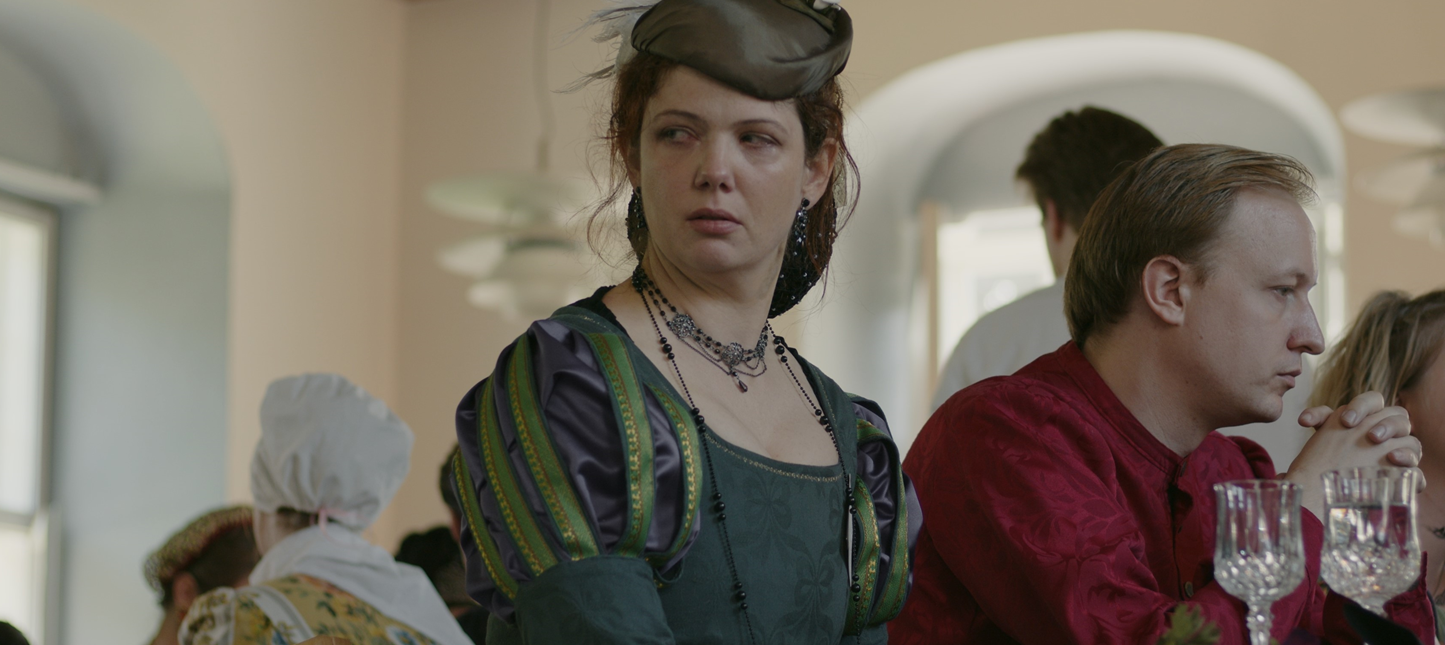Tag: Libertines
-

Dinner Warfare
in
Creating subtle but strong emotional pressure based on specific relations when designing eating situations in larps.
-

A Ramble in Five Scenes
in
How age, life experience, and the knowledge you have achieved become part of your larp.
-

Sleeping Areas, Off-Game Areas, and the Black/White Ribbon Metatechnique
in
The black/white ribbon metatechnique, as used at Libertines (2020), to signal if you want play in your sleeping area or not.